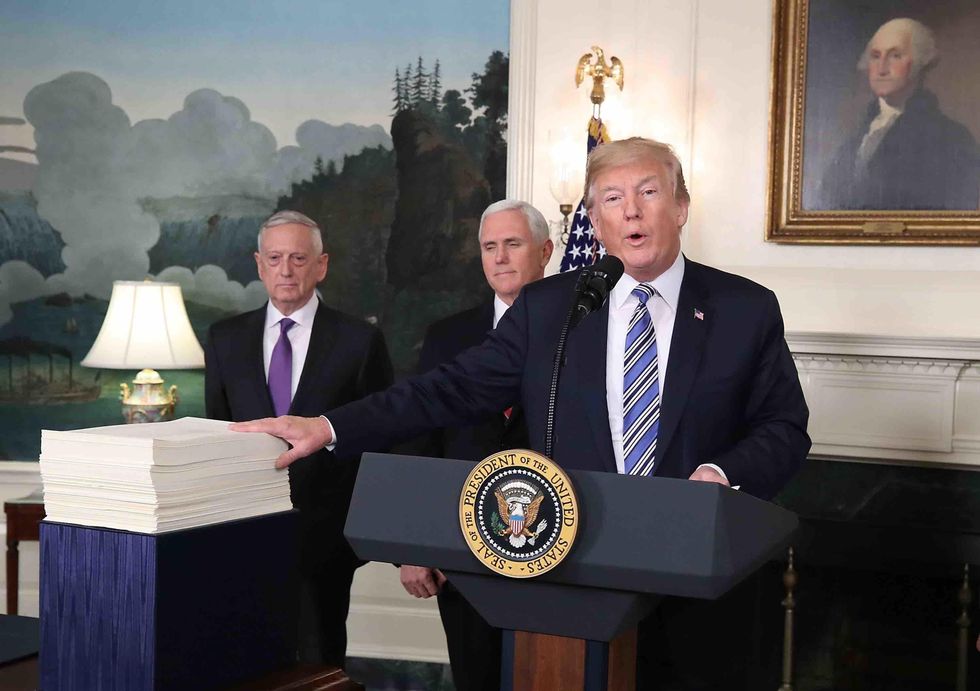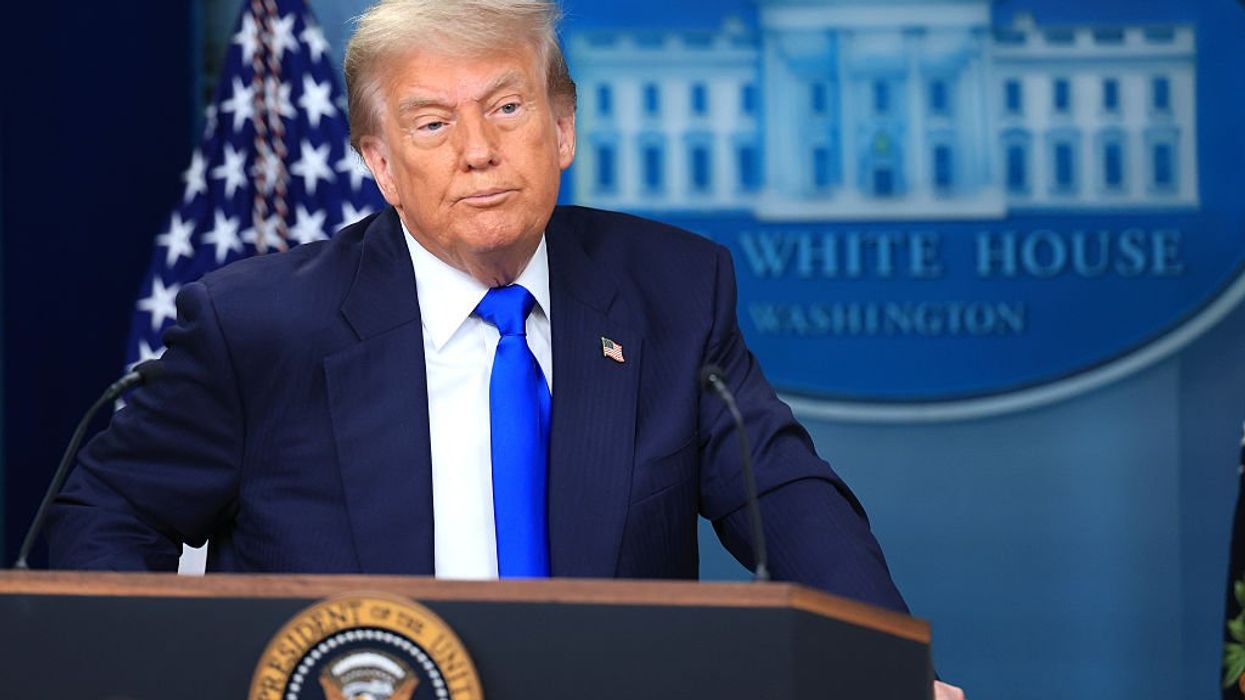Time is running out before America’s massive, nuclear-sized debt bomb goes off, and it seems Congress couldn’t care less.
Democrats and Republicans can’t agree on much, but there is one thing that continues to be an important political unifier: spending and printing money to pay for completely unaffordable government programs. Last week, Congress passed a gargantuan 2,232-page spending bill, which President Donald Trump agreed to sign on Friday, just hours after threatening to veto it.
I could spend a significant amount of time here discussing the law’s countless provisions, but plenty of other writers have already provided readers with some of the most absurd and even disturbing aspects of the legislation. Instead, let’s discuss something far more important: the law’s $1.3 trillion price tag and the nation’s potentially catastrophic national debt.
Earlier in March, the federal government’s debt surpassed $21 trillion for the first time in history, and thanks to legislation passed in February, the government is no longer bound to any limits on borrowing until March 2019.
According to the Washington Examiner, “At its current pace, the government is on track to add at least $1 trillion to the national debt by then.” That amounts to more than $63,700 owed for every American man, woman, and child.
The United States’ growing national debt could create numerous problems. For instance, inflation, which will inevitably be caused when the government is forced to print or borrow money to pay its bills, could drive prices higher and reduce families’ purchasing power.
Another critical concern is that interest payments on debt will consume an increasingly larger share of the budget, creating a sort of fiscal death spiral in which the government needs more money to make interest payments on the debt but can’t afford to do so without borrowing additional money. In fiscal year 2017, the national government paid $276 billion in interest payments on debt. During the next decade, that figure could double, making interest payments costlier than all but the most expensive government programs.
Although these and many more debt-related concerns are important, there is one that could, if left unchecked, possibly create an economic collapse unlike anything experienced since the Great Depression: If America continues to spend at this unsustainable rate, the rest of the world might cease using the U.S. dollar as its primary currency for international transactions.
Since the end of World War II, the globe has used the U.S. dollar as its currency of choice when buying and selling overseas. The international economy’s most important products, including oil and natural gas, are typically traded using U.S. dollars. The Balance reports about $580 billion exists outside of the United States, roughly 65 percent of all dollars.
Further, The Balance also noted, “More than one-third of the world’s gross domestic product comes from countries that peg their currencies to the dollar.”
The reason the dollar plays such an important role in the international economy is because it is widely considered to be the most trustworthy currency. There are no laws mandating the U.S. dollar permanently be used as a global currency, and even if there were, there would be no way to enforce them.
If the rest of the world, or even a significant portion of it, were to switch to some other currency for use in the global economy, the value of the dollar, both in the United States and outside of it, would collapse, dragging the entire U.S. economy down with it.
There are two primary reasons this would occur: First, currencies that aren’t tied to tangible, valuable assets, such as gold, are only valuable if they are perceived to be so. If everyone were to wake up tomorrow and decide they aren’t interested in using dollars, for whatever reason, they would only be worth the paper they are printed on. Although dollars will likely continue to be considered valuable in the United States regardless of which currency is used for international transactions, the value would certainly drop substantially if this were to happen — suddenly and radically reducing the purchasing power of money.
Second, if dollars cannot be used outside the United States (because few people want them), it’s likely billions of dollars would flow back into America more quickly than the economy could adjust, potentially causing rapid inflation. To mitigate this inflation, the Federal Reserve would need to increase interest rates, making it harder to lend money and slowing economic growth.
If either or both these scenarios were to happen, our country’s economy would collapse. Why then are so many in Congress, including so-called “fiscal conservatives,” willing to let this occur? Simply put, because it’s much easier to spend money than to create balanced budgets. It’s much easier to doom future generations than to make hard budget choices. It’s much easier to destroy a country than to save it.
Justin Haskins (Jhaskins@heartland.org) is executive editor and a research fellow at The Heartland Institute.






